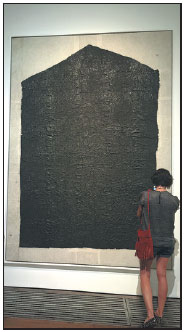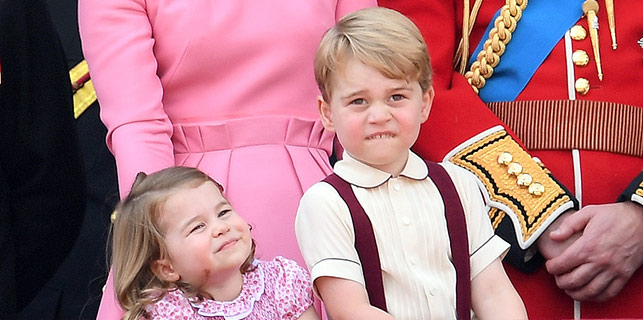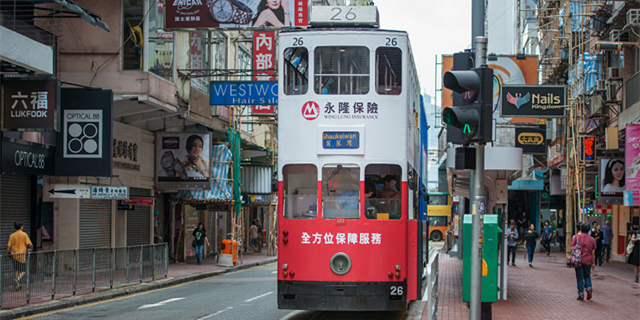Yang's works a layered take on ink art
In 1989, Yang Jiecang was one of the three artists representing China at Paris' Pompidou's contemporary art show, Magician of the Earth. He presented his One Hundred Layers of Ink Series, which was different from what people traditionally understood about Chinese ink.
Now, the artist is showing his early works from between 1985 and 1999 at Beijing's Ink Studio.
Entitled Earth Root, Yang's solo show features 37 pieces.
Unlike traditional Chinese art focusing on landscapes, figures, flowers and birds, Yang's early works apply layer after layer of ink on rice paper and gauze, all in deep black.

"Each of them is a piece of memory and a diary of my life," says Yang.
The 61-year-old jokes that poverty was the reason he put layer after layer on paper.
"Two pieces of rice paper cost about 6 yuan then,which accounted for one-third of my monthly salary," says Yang.He even used soy sauce to paint.
In fact, repetition is a technique in traditional Chinese figurative painting, called sanfan jiuran, which literally means three layers of alum and nine layers of color.
Yang used the technique in his works like an experiment, calling his work "contemporary Chinese ink".
The artist went to Paris to attend the Pompidou art show empty-handed. His works prepared for the show were detained by customs in Shenzhen. So, for one month, he worked to finish the series One Hundred Layers of Ink for the Paris show by practicing repetition.
Britta Erickson, curator of Yang's solo show at Ink Studio, says One Hundred Layers of Ink is possibly Yang's most important series as well as the least understood.
"We can think of the paintings as a diary of his moods, what concerns him and what he is thinking about," she says.
Yang says he learned how to use a brush at age 3, when he learned how to use chopsticks. At 14, he began practicing calligraphy with a famous teacher. He worked at an art factory before studying Chinese painting at the Guangzhou Academy of Fine Arts.
After graduation, he went to a temple to learn Buddhism and later spent another two years in a Taoist temple to learn Taoism.
In 1989, he arrived in Paris and settled in Europe.
Yang says the same gesture must be repeated to achieve something profound and different.
For example, the ink is no longer black after being used 100 times. Life is comparable. Good results eventually emerge if one persists, the artist says.
dengzhangyu@chinadaily.com.cn
|
|
(China Daily 06/20/2017 page18)























